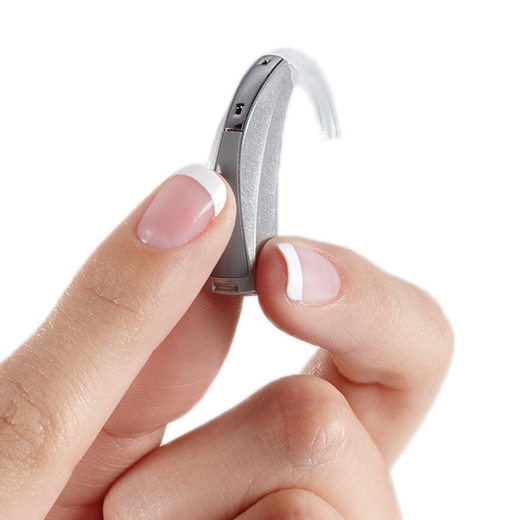Tinnitus Habituation Therapy

Tinnitus, or ringing in the ears, can be distressing — even maddening at times! Despite the sophistication of modern scanning and diagnostic technologies, we still have a lot to learn about the causes and mechanisms of tinnitus. Most current tinnitus treatments are developed with the goal of habituation.
Tinnitus habituation is accomplished by reducing or eliminating the negative reaction to tinnitus through repeated exposure. It seems odd to expect your bothersome tinnitus to improve with exposure, but it absolutely can. Before we talk about how, let’s first take a minute to understand why the tinnitus can be so, so very annoying. As you probably know, it’s all in your head — literally.
Tinnitus is a neural activity. You have various filters that allow you to ignore or focus on certain neural impulses. You also have a tiny little organ in your brain called the amygdala, which decides which of these neural impulses are most important to health and safety. Unfortunately, your amygdala isn’t easy to reason with, and when it decides to hyper-focus on the tinnitus activity, it can be awfully hard to convince it to settle down.
This is where habituation therapy helps. Habituation therapy uses a combination of amplification (if a hearing loss exists) and a form of noise stimulation. The noise that is used varies dramatically depending on the individual’s experience and self-rated level of annoyance. The noise is not music, as music stimulates memory regions of the brain and is hard to ignore. In other words, the noise is something that can 1) blend with the tinnitus and 2) fade into the background.
If you suffer from tinnitus, take time to complete this questionnaire, and make an appointment with your audiologist to discuss your results. Together you will likely find the right solution.
Stay Vibrant!

